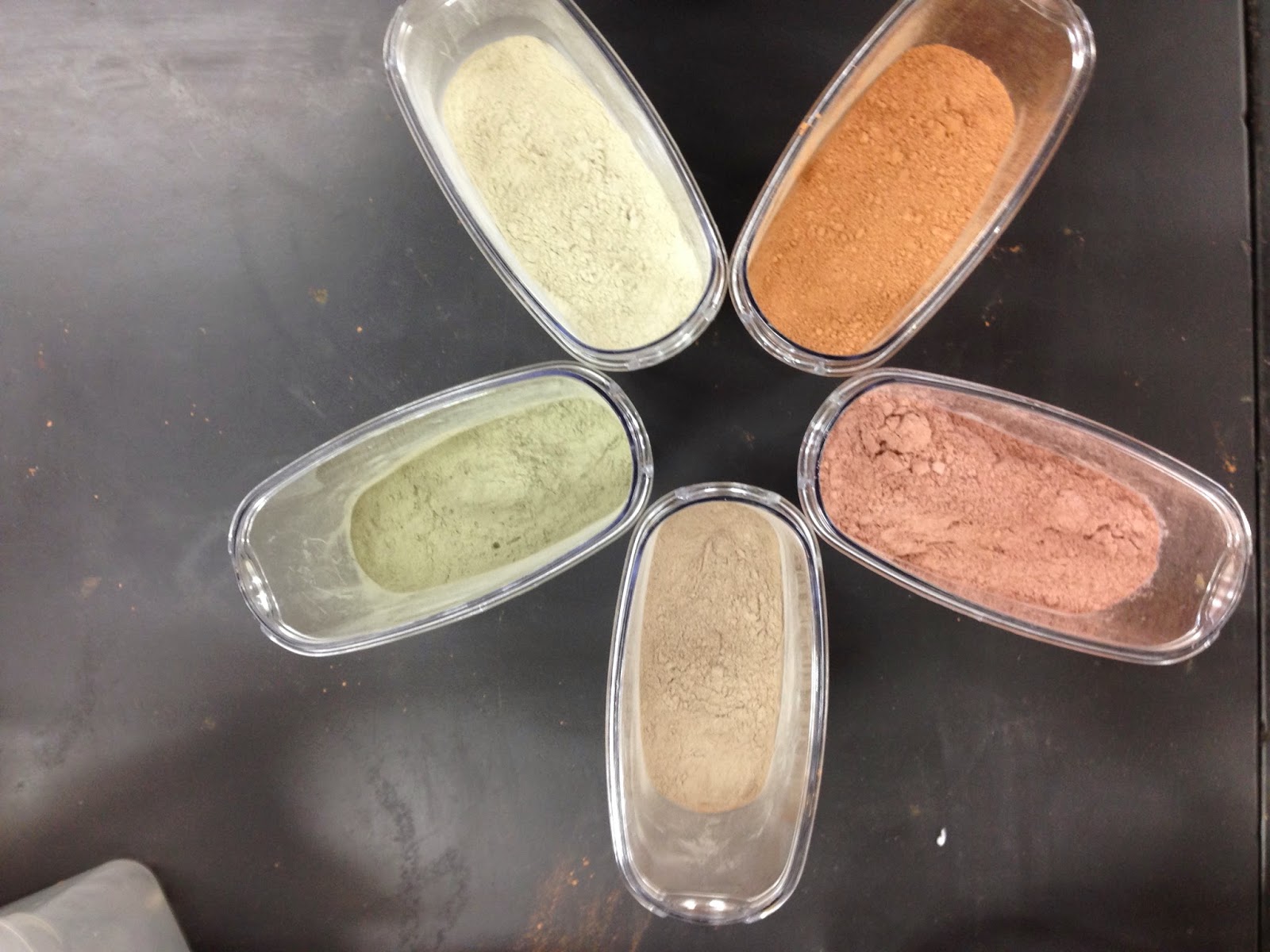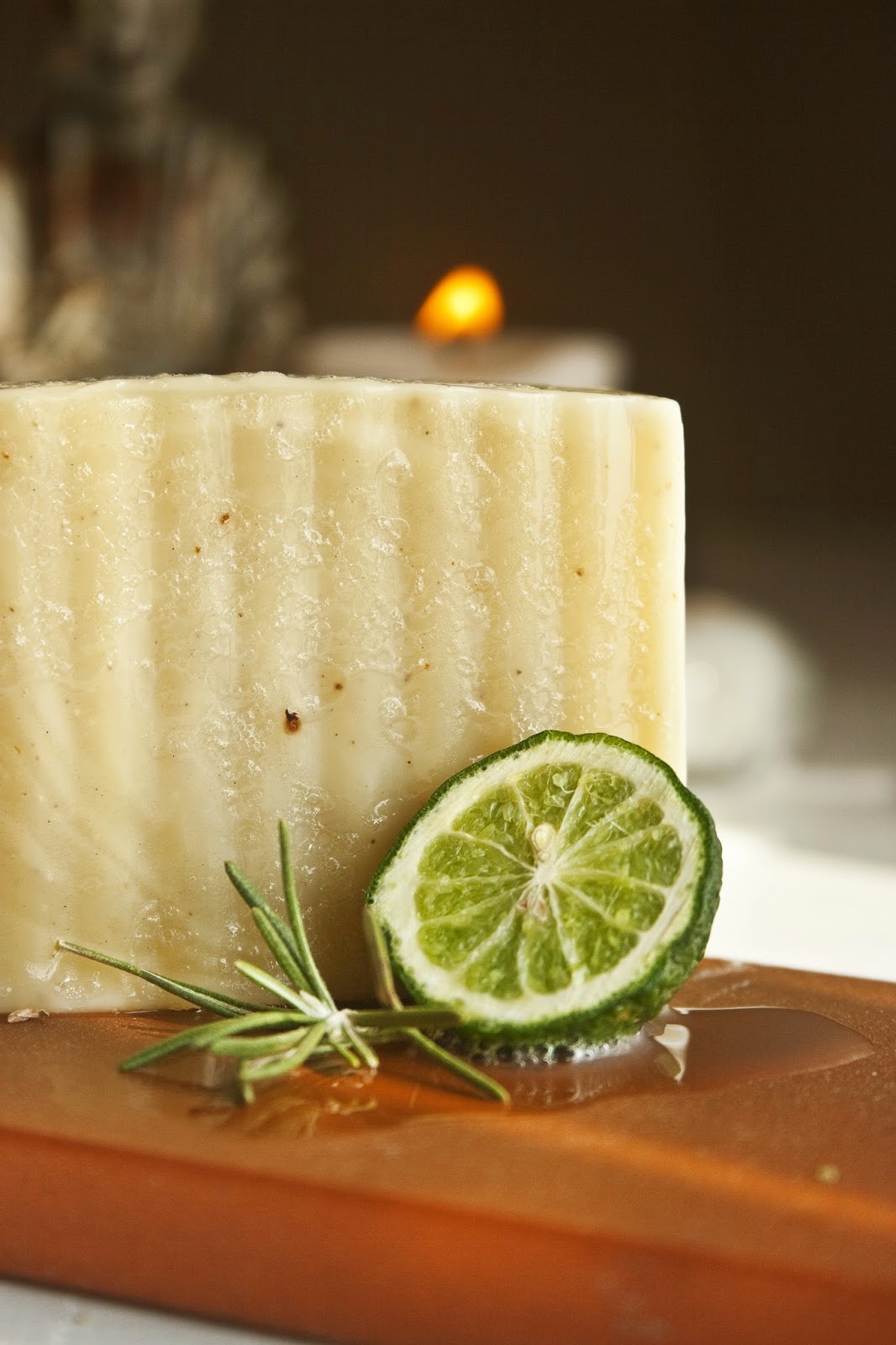
I'm a Clay Addict. Currently Unearth Malee houses 10 different cosmetic clays from all over the world. It's a problem, because having access to these natural beauties makes me want to put them in everything.
You may ask, Why Clay? What is it about Clay that makes it so wonderful for the skin?
Here are some common reasons why cosmetic clay is used as skin treatments:
Removing Dirt and Impurities
Tightening Pores
Skin Lightening
Gentle Exfoliation
Stimulating Circulation
Reducing Acne, Oily Skin
Firming, Toning Skin
Here's a brief rundown on three common cosmetic clays (also my 3 favorite) and how to use them.
Bentonite Clay --- This is my ultimate favorite! I call it the Potent, Can't Move My Face Clay Mask. It's one of the more popular clays to use with Oily, Acne Prone Skin. It can be overly drying, so blending this with a more gentler clay like Kaolin would be better for normal skin. I love mixing in a little bamboo charcoal and using it on stubborn acne bumps.
Notes: When mixing, small clumps may form. This is no problem, but be careful to not apply too thick of a paste. When drying, Bentonite is a extremely powerful skin tightener. Words from Mountain Rose Herbs, "...once it becomes hydrated, the electrical and molecular components of the clay rapidly change and produce an “electrical charge”. Bentonite is a swelling clay. When it becomes mixed with water it rapidly swells open like a highly porous sponge"
Kaolin Clay --- Also known as White Cosmetic Clay. Kaolin comes in a variety of colors, pink, yellow, red, etc -- all dependent on the mineral content. This is the most common cosmetic clay used in soaps, deodorants, mineral makeup, etc. It's gentler on the skin, but still effective against acne, dirt, oily skin, etc. This is your go to mask for normal skin, sensitive skin, and dry skin types.
*Thai Lime Rosemary Organic Soap has Kaolin Clay throughout the bar, and Bentonite Clay swirls. This is a great bar for hyperpigmentation, and oily, acne prone skin types.
French Green Clay --- Mined from French quarries, this clay yields a beautiful green color from a mix of iron oxides and decomposed plant material. This clay is great for acne, oily skin conditions. It can also be used on normal/combination skin for helping to remove impurities, and promote skin rejuvenation.
A more luxurious clay used in facial and body spa treatments, this is a top clay to use for firming the skin, removing toxins, and cleansing oil and dirt. It's one of my favorite clays to play with, and my daughter's too (as seen in the picture -- it's her invisibility clay potion that she get's to put on Daddy and Mommy).
How to Apply Your Clay Mask:
In a small bowl, mix 1 Tbsp of clay (one type or mixes of clay), 2 Tbsp of Liquid. (May be more or less liquid depending on how thin/thick you like your mask). Mix your clay, liquid, and any additives to form a paste. Apply on clean face with fingers or a clean cosmetic brush. Allow to partially dry, then wash off.
Types of Liquid:
Water - For all skin Types
Jojoba Oil - Best for Normal, Dry Skin
Lemon Juice - Great for Acne Prone Skin, Dark Spots, not for Sensitive Skin
Organic Green Tea - Rich in Anti-oxidants, Great for cell renewal, and Anti-Aging
Additives: You can add aloe gel/juice for extra healing, bamboo charcoal to aid in detoxing, finely ground pure oatmeal (skin soother), and honey (anti-bacterial benefits, great for acne).
** Please note you should always do a small skin patch test of any bodycare product, whether commercially manufactured or homemade. You never know what you may react to. Test a small amount product on the back of your wrist, wash off, and wait 24 hours to view if there is a reaction.
I hope you have the opportunity to create your own cosmetic clay mask. Playing with cosmetic clay masks is beneficial for your skin, your wallet (low cost option versus going to the spa or purchasing an expensive mask made of the same ingredients), and it's just fun!
Enjoy and share the love! M






